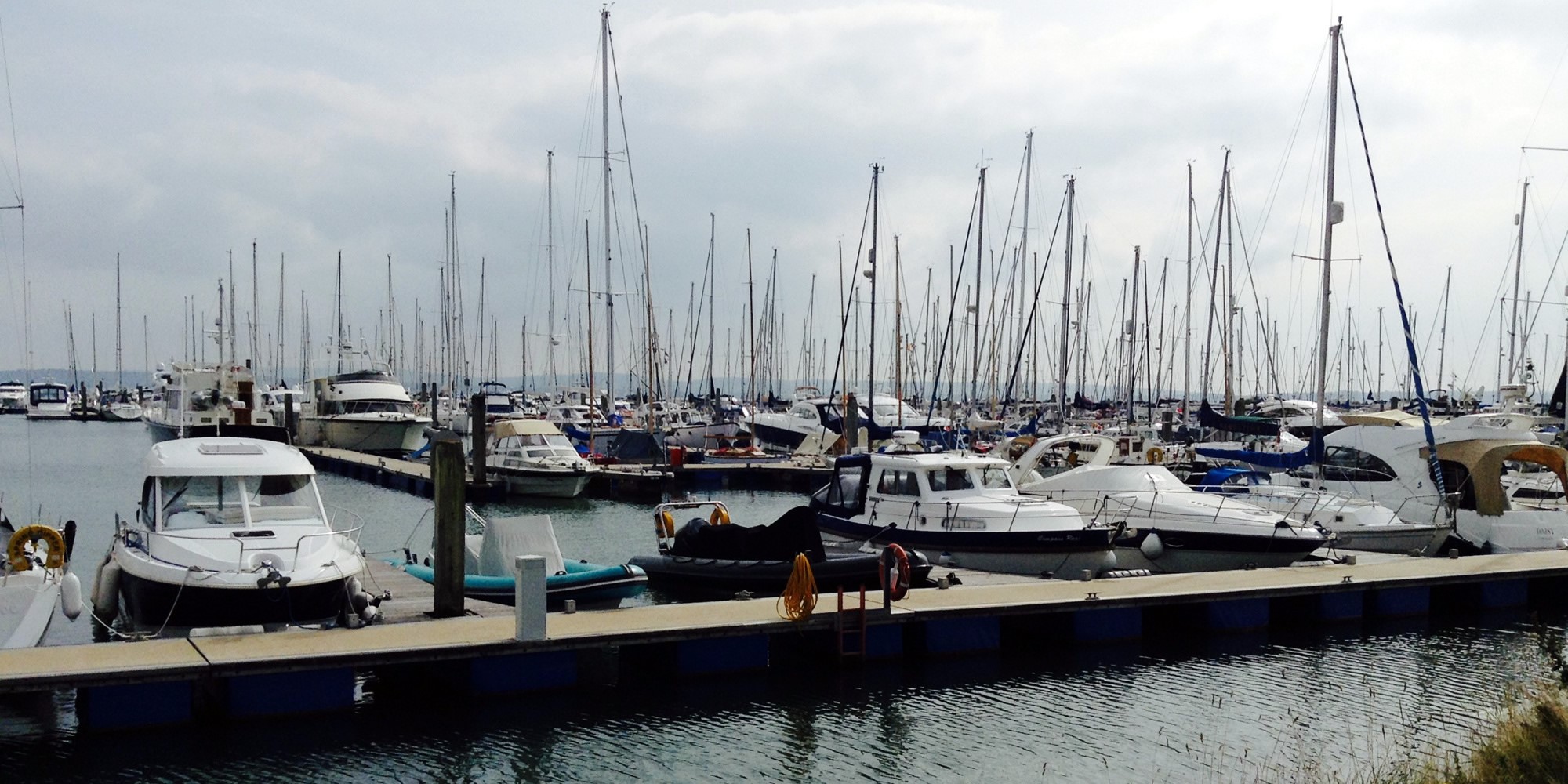Having made my rather rash comment on WordPress and family tree software on Lorelle’s site, I had a good long think (in the bath, of course) on how it could be done. And I came up with three possible solutions.
One. Forget GEDCOM
Use WordPress to create one post per individual. Use custom fields to enter information about spouses, children, etc. Use WordPress’s media elements to add pictures, scans of useful documents, etc. Let living people write about themselves and use comments to allow for comments, memories, etc.
Advantages: we’re using WordPress. Makes your family history instantly accessible, for free. Quick and painless (ish).
Disadvantages: breaks the link with whatever software you use elsewhere, so you may end up entering the same data twice. Requires a plugin, which scans the custom fields for names and, if finding a match, links to that person’s record. Makes families harder to do.
Two. Use WordPress and phpGedView
I don’t like phpGedView’s interface, but it does hold a set of SQL tables based on the information supplied in your GEDCOM file. Instead of using php scripts to interrogate WordPress tables, interrogate pgv ones instead. Posts/pages would be built ‘on the fly’, except for static pages (like ‘About’, ‘Sources’, etc). Since comments are held in a separate table, you can have the same ‘memories’ option as above, but the comments are in WP, the rest of the data in pgv.
Advantages: WP and pgv tables can co-exist in the same database (different table prefix). You can re-import the GEDCOM file and the images and commenting links *should* remain in place. You can still use WP for images, etc.
Disadvantages: Re-importing the GEDCOM file *might* lose the link with images and comments. And, it has to be said, I have no idea how to write a php script to interrogate the pgv tables and serve up the reply in WP. In fact, this is turning into a plugin.
Three. Forget phpGedView and add that functionality into WordPress.
Doing everything as above, but in an all-embracing plugin that creates its own tables, can import a GEDCOM file (only updating existing records where necessary).
I think a bit of investigating is in order…
